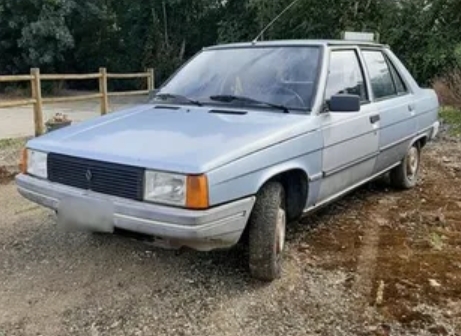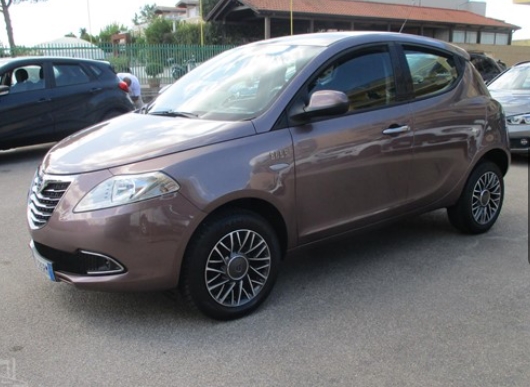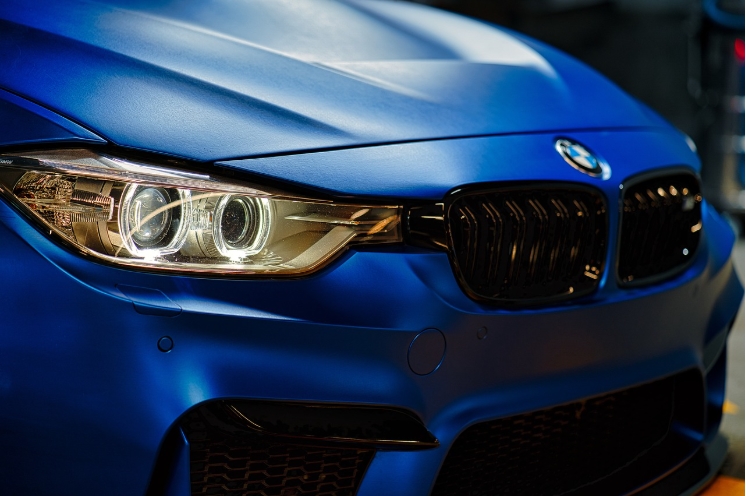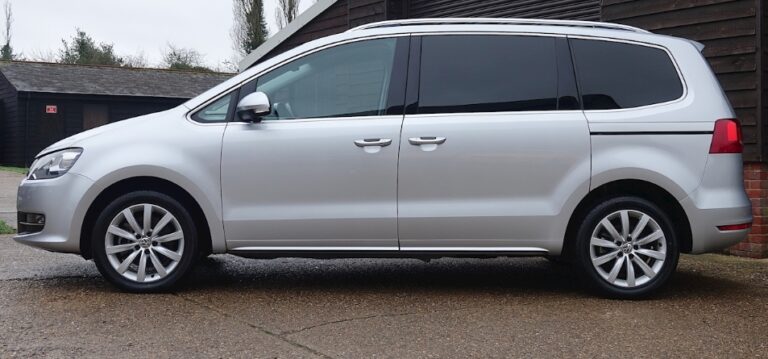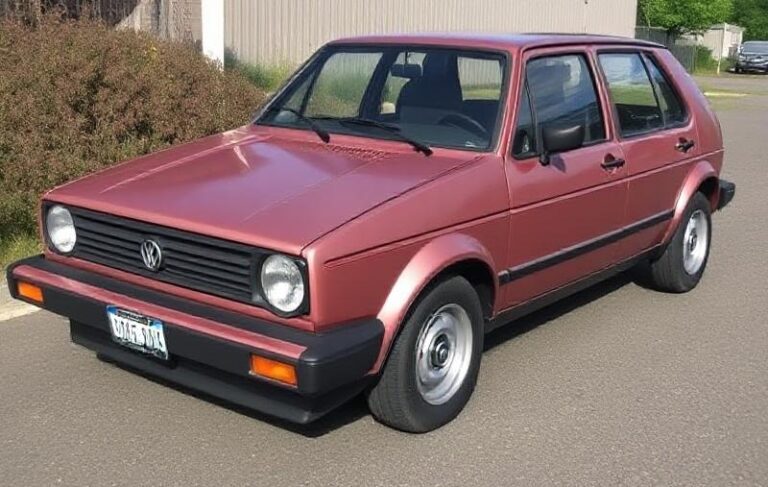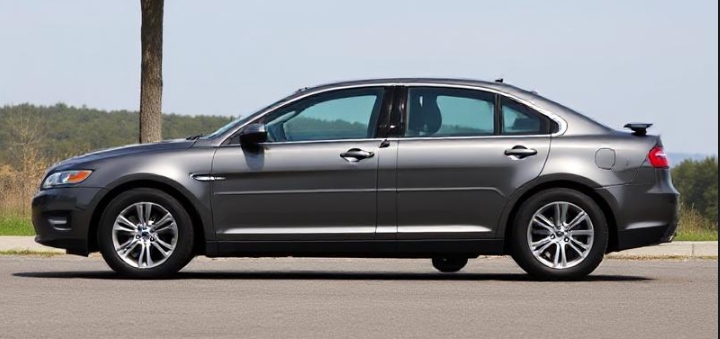The Sensible Revolution: Charting the Evolution of the Renault 9 and 11
In the annals of automotive history, some cars are remembered for their breathtaking beauty, others for their earth-shattering performance. The Renault 9 and its hatchback sibling, the Renault 11, were neither. Instead, they were champions of a different, more profound revolution: the triumph of intelligent design, pragmatism, and global ambition. Born from “Project X42,” this duo represented Renault’s masterful play for the heart of the European family car market in the 1980s, becoming a colossal commercial success that defined an era for the French automaker. This is the story of their evolution, from a celebrated “Car of the Year” to a fondly remembered workhorse of a generation.
Part 1: The Genesis – The Renault 9 (1981-1986)
By the late 1970s, Renault needed a robust, modern competitor in the crucial C-segment to replace the stylistically challenging and commercially lukewarm Renault 14. The brief for Project X42 was clear: create a ‘world car’—a vehicle that could be built and sold globally with minimal adaptation. The design, helmed by the legendary Robert Opron (of Citroën SM and CX fame), was intentionally conservative. The result, launched in the autumn of 1981, was the Renault 9.
It was a conventional three-box saloon, a deliberate choice to appeal to the traditional tastes of buyers who might be wary of the hatchback trend dominating the class. Its lines were clean, crisp, and unerringly rational. Underneath this sensible suit, however, was a thoroughly modern platform. It featured a transverse engine, front-wheel drive, a space-efficient monocoque chassis, and a sophisticated suspension setup (MacPherson struts at the front, independent trailing arms with transverse torsion bars at the rear) that provided an excellent balance of comfort and handling.
This combination of pragmatic design and modern engineering was an immediate hit. In 1982, the Renault 9 was crowned European Car of the Year, with judges praising its efficiency, practicality, comfort, and advanced engineering for its class.
Models and Trim Levels (Phase 1: 1981-1986):
The Renault 9 was offered with a wide array of engines and trims to cater to every budget and need. The engine lineup was initially based around the venerable but reliable “Cléon-Fonte” pushrod engine and the newer overhead-cam “F-type” engine.
C & TC: These were the entry-level models, powered by a 1,108 cc Cléon engine producing a modest 48 hp. Equipment was sparse, with vinyl seats and minimal instrumentation. The ‘C’ was the absolute base, with the ‘TC’ adding minor comforts.
GTL: The volume seller. This trim featured the highly efficient 1,397 cc “Cléon-Fonte” engine, initially with 60 hp, tuned for economy rather than speed. It offered a significant step up in comfort, with cloth upholstery, a clock, a trip meter, and more comprehensive interior trim.
GTS: A sportier offering, the GTS used a double-barrel carburetor version of the 1,397 cc engine, boosting power to 72 hp. It came with features like a rev counter, sportier seats, and often alloy wheels.
TSE & TXE: These were the luxury-oriented top-tier models. The TSE (Toutes Séries Spéciales) initially used the 72 hp engine from the GTS, but was loaded with equipment like central locking, electric front windows, and velour upholstery. The later TXE was fitted with the more powerful 1,721 cc F-type engine, delivering around 82 hp.
GTD: Introduced to capitalize on the growing demand for diesel economy, the GTD used a 1,595 cc F-type diesel engine producing 55 hp. It offered GTL-level trim with exceptional fuel efficiency.
Turbo: Towards the end of the first phase, Renault introduced the Renault 9 Turbo. It utilized a 1,397 cc Cléon engine with a Garrett T2 turbocharger, producing 105 hp. It was a subtle “Q-car,” lacking the aggressive body kit of its hatchback sibling but offering impressive performance that could surprise many more overtly sporting cars.
Part 2: The Dynamic Sibling – The Renault 11 (1983-1986)
While the Renault 9 secured the traditionalist buyer, Renault knew the future of the segment lay with the hatchback. In 1983, they launched the Renault 11. Though it shared its platform, drivetrain, and front-end styling with the 9, the 11 was a far more stylish and dynamic proposition. Available as a three-door or five-door, its defining feature was its large, curved glass tailgate, giving it a distinctive and modern profile.
The 11 was aimed at a younger, more progressive audience. It also became the platform for Renault’s technological and performance ambitions. An early electronic version, the TXE Electronic, featured a synthesized voice warning system and a digital dashboard, a novelty that felt straight out of science fiction in the mid-1980s.
Models and Trim Levels (Phase 1: 1983-1986):
The Renault 11 mirrored the trim structure of the 9 but often with a sportier emphasis.
Base Models (C, TC, GTC, GTL): These largely followed the Renault 9’s specifications, offering the 1.1L and 1.4L engines in various states of tune.
Luxury/Performance (GTS, TSE, TXE): As with the 9, these models offered more powerful engines (1.4L and 1.7L) and a higher level of equipment. The three-door variants were particularly popular in these sportier trims.
Diesel (GTD): The frugal 1.6L diesel was also available in the 11, making for an extremely versatile and economical family car.
The Icon: The Renault 11 Turbo: This was the undisputed hero of the range. Launched in 1984, the three-door R11 Turbo was Renault’s direct answer to the Volkswagen Golf GTI. It used the same 1,397 cc turbocharged engine as the R9 Turbo, initially with 105 hp, later boosted to 115 hp with an intercooler. Unlike the subtle R9 Turbo, the R11 wore its performance on its sleeve with a full body kit, distinctive alloy wheels, “TURBO” decals, and deeply bolstered sports seats. It became a rally icon in Group A and a cult classic for enthusiasts.
The American Interlude: The Alliance and Encore
The Renault 9 and 11 were central to Renault’s partnership with American Motors Corporation (AMC). Heavily re-engineered for the US market, the duo was launched as the AMC Alliance (based on the R9) in 1983 and the AMC Encore (based on the R11) in 1984. They featured larger impact bumpers, sealed-beam headlights, and engines modified for US emissions regulations. The Alliance was an initial smash hit, winning Motor Trend’s Car of the Year award for 1983. Uniquely, the American market also received a stylish convertible version of the Alliance, a body style never offered in Europe. However, early success faded as reliability issues and stiff competition from Japanese manufacturers took their toll.
Part 3: A Unified Front – The Phase 2 Facelift (1986-1989)
By 1986, the sharp, angular styling of the early 80s was beginning to look dated. To modernize the lineup and create a stronger family identity, Renault launched the “Phase 2” models of the 9 and 11.
The most significant change was at the front. The distinct single-headlight grille of the 9 and quad-headlight design of the 11 were replaced by a single, unified front end for both models. It featured larger, swept-back headlights and a smoother grille, giving the cars a more contemporary and aerodynamic appearance reminiscent of the larger Renault 21. The rear of both cars was also updated with new, larger light clusters. Inside, the dashboard was completely redesigned, adopting a more ergonomic and modern layout borrowed from the Renault Supercinq.
This facelift successfully extended the life of the range, keeping it competitive against newer rivals like the Peugeot 309 and Ford Escort Mk4.
Models and Trim Levels (Phase 2: 1986-1989):
The trim designations were simplified and shuffled, and the engine lineup was refined. The new 1.7L fuel-injected F-type engine became more prominent.
Entry-Level: The base models were now generally designated as TL.
Mid-Range: The GTL remained the popular mid-range choice, prized for its balance of equipment and economy.
Upper-Range: Trim levels like the GTX and TXE offered the powerful 1.7L engine (now producing around 90-95 hp with fuel injection) and a comprehensive list of features.
Diesel: The GTD continued to serve the economy-focused market.
The Turbos: The Phase 2 Turbo models were the pinnacle. Both the Renault 9 Turbo and Renault 11 Turbo now benefited from the uprated 115 hp intercooled engine. They received the new unified front-end styling, but retained their aggressive body kits and unique alloy wheels, remaining the flagship performance models of the range.
.
NO MORE dead batteries with this:

.
Legacy and Final Years
In Europe, production of the Renault 9 and 11 wound down in 1989, making way for their highly successful successor, the Renault 19. Yet, the story didn’t end there. True to their “world car” origins, production continued for years in other markets. In Argentina and Colombia, they were produced well into the 1990s. Most remarkably, in Turkey, a modernized version of the Renault 9 continued to be manufactured by Oyak-Renault until the year 2000.
Over their production life, more than 6.3 million units of the Renault 9 and 11 were sold worldwide, making them one of Renault’s most successful ventures. While often overshadowed by more charismatic rivals, their impact was immense. They were the cars that took millions of families to work, on holiday, and through the everyday journeys of the 1980s. They were practical, comfortable, and, in Turbo form, genuinely thrilling. The Renault 9 and 11 were not just cars; they were the sensible, reliable, and intelligently designed backbone of a generation’s mobility.
